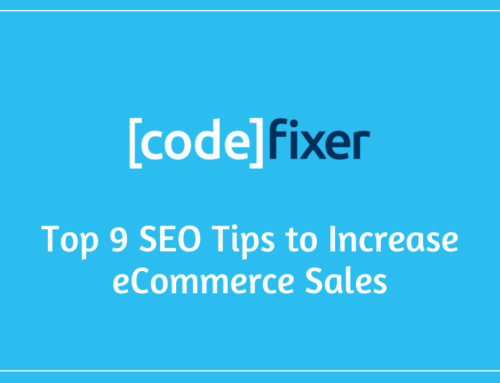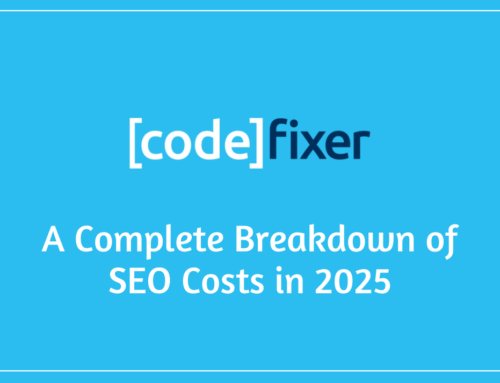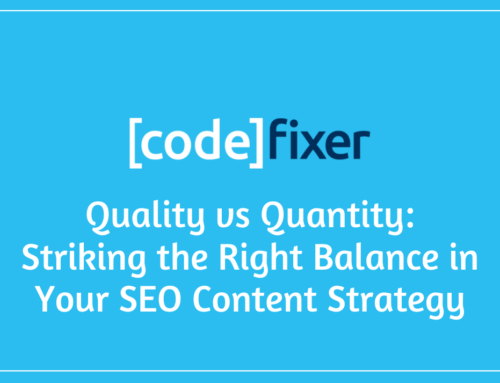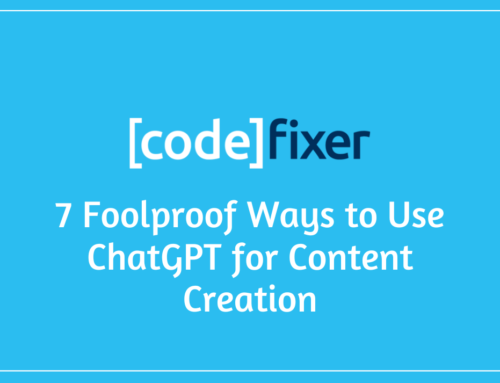No matter what the level of experience, many Google Ads amateurs as well as specialists are making the same common mistakes. Poorly managed campaigns can cost more than they’re worth, so that’s why it’s important to make sure you’re not making these simple yet costly mistakes.
1. Wasting Your Budget on Irrelevant Search Terms
The number one Google Ads mistake I see time and time again, is budgets being wasted on completely irrelevant search terms. The important thing to remember is the keywords you bid on may not necessarily be the search terms that clients type in to Google that trigger your ad.
For example, your company may offer Plumbing Services in Belfast therefore you’re targeting keywords such as “plumbing services”. However, you may be appearing for search terms such as “plumbing jobs London”.
2. Using the Wrong Match Types
Now let’s delve a littler deeper into why you may be showing up for irrelevant search terms. This brings me into my second most common Google Ads mistake – using the wrong match types for keywords. By using match types, you can choose whether your ad appears when someone types in…
- The exact keyword. [Exact Match]
- A phrase that matches the keyword. “Phrase Match”
- A search term that broadly matches the keyword. Broad Match
- A search term that matches your keywords but can appear in any order. +Broad +Match +Modifier
I tend to use broad match modifier as it has less restriction than exact match, but more control than broad match to make sure most terms are still pretty relevant.
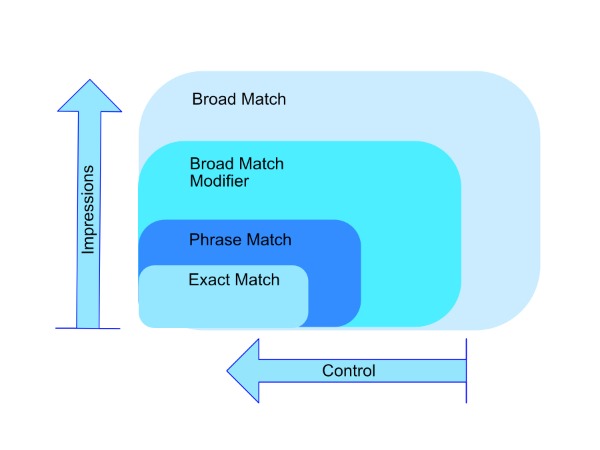
3. Forgetting to Add Negative Keywords
Adding negative keywords to your campaign is vital in making sure your campaign is streamlined and relevant, especially if you’re using broad match. Many people can make the easy mistake of forgetting to add irrelevant search terms as negative keywords, and wasting their budget on paying for these terms more than once. These keywords can be added before the campaign begins for common negative terms you may predict coming through, such as ‘jobs’ or irrelevant locations.
Alternatively, you can run a search term report after you’ve received traffic and add the irrelevant search terms as they come through. This will involve checking the search terms frequently at the beginning of your campaign to ensure you don’t pay for the same irrelevant terms twice.
4. Setting Campaign to Autopilot
Another extremely common Google Ads mistake many people make is setting your campaign to Autopilot and not managing the campaign. After setting up their new Google Ads accounts many people often, “set it and forget it”. Stagnant campaigns may tick over for a while but if any new features are added or perhaps a new competitor comes on the market, your campaign can come crashing down rapidly.
After you set up your campaign you should really keep an eye on it and make necessary changes weekly if not daily. Each campaign varies, and needs tweaked often to ensure you’re getting the maximum return on investment.
5. Choosing the Wrong Landing Page
Choosing a suitable landing page for your ads is key in determining whether your customers will convert or not. I often see client’s ads sending customers to their website’s homepage no matter what the ad may be trying to promote. Each ad should have a key focus on the service or product it is trying to advertise, meaning the landing page should be relevant to this key focus.
Furthermore, your landing page needs to look professional and have easy to navigate content in order to convince potential clients to purchase your product or service. Poor landing pages convert less than 1% of visitors into qualified leads meaning you’ll be paying for wasted clicks.
If you need help with Google Ads management or Google Ads training, please get in touch.

